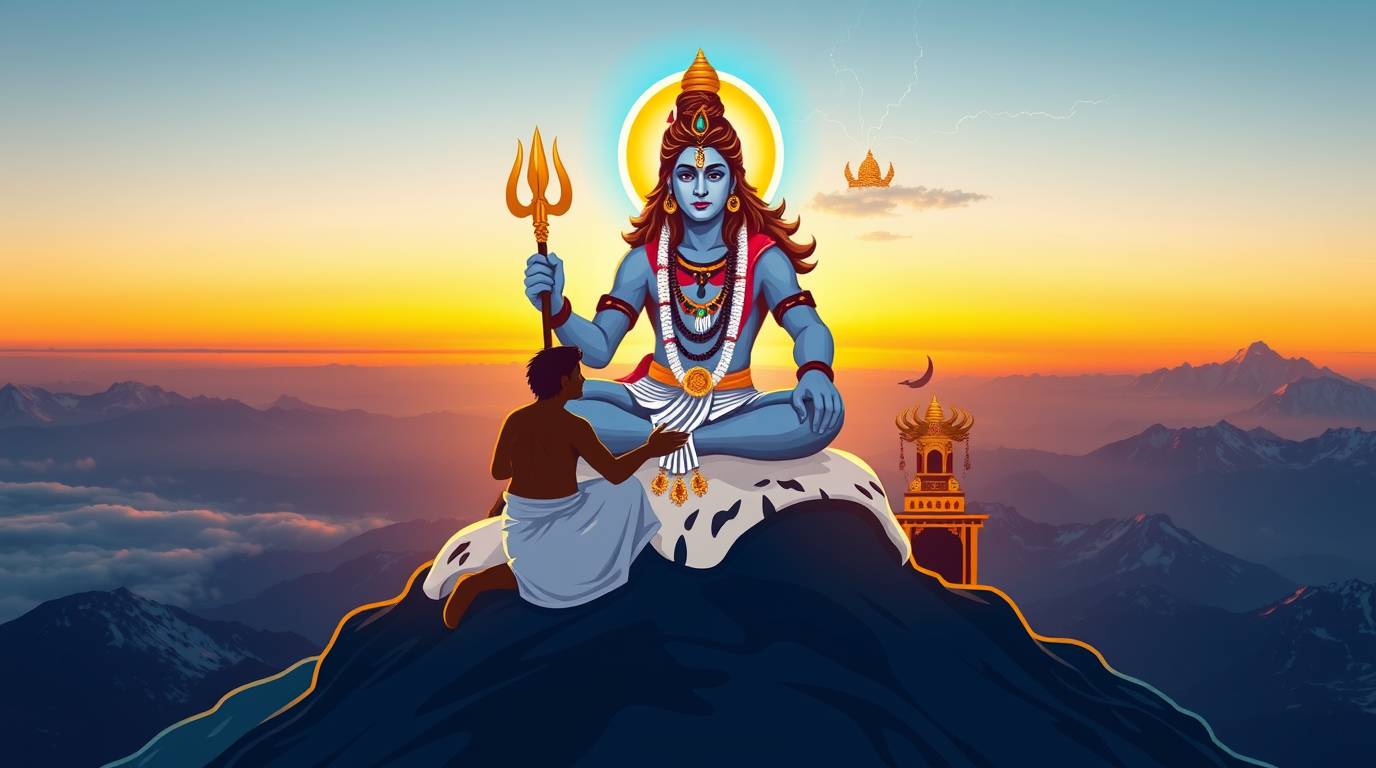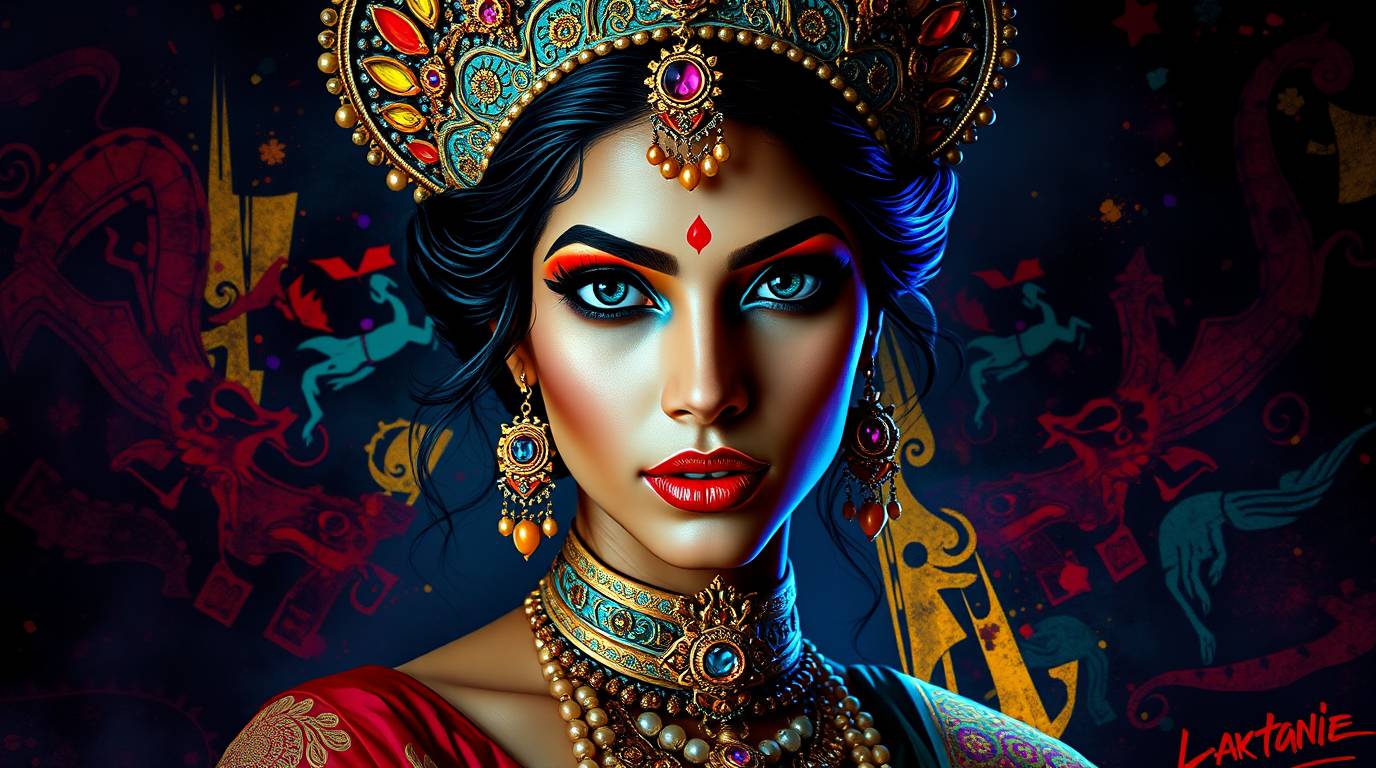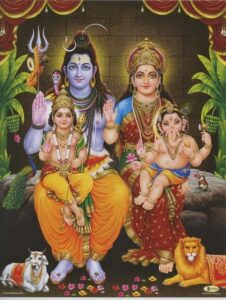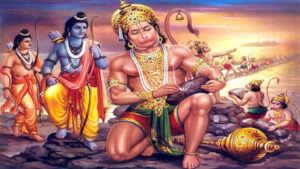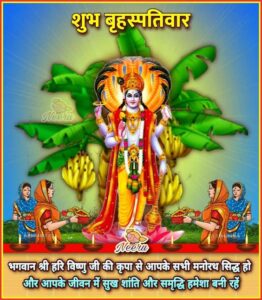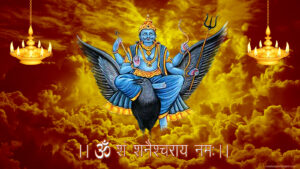Who is Pishachini (पिशाचिनी)? A Deep Dive into the Female Spirit Known Across Indian Spiritual Traditions
In the spiritual traditions of India, the term Pishachini evokes a powerful sense of awe, fear, and reverence. Often described as a supernatural female entity with terrifying features, the Pishachini is associated with darkness, haunted places, and energies that operate beyond the physical realm. She is said to inhabit remote areas, cemeteries, and abandoned spaces, feeding off negative emotions and psychic energies.
This article explores the real and present nature of the Pishachini: her origins, manifestations, behaviors, and her role in Tantric and spiritual practices. Far from being folklore, Pishachinis are considered by many spiritual practitioners and healers to be tangible entities that can influence human life in significant ways.
Table of Contents
- Pishachini: Meaning and Etymology
- Origins and Existence of Pishachinis
- Difference Between Pishachini and Chudail
- Physical Appearance and Powers
- Where Does a Pishachini Reside?
- Signs of Pishachini Presence
- Spiritual Significance of Pishachinis
- Tantric Practices and Pishachinis
- Protection Against Pishachinis
- Pishachini in Pop Culture and Television
- Scientific and Psychological Viewpoints
- Conclusion: Real Entity, Not Just Fear
1. Pishachini: Meaning and Etymology
The term Pishachini comes from the Sanskrit root word Pishacha, referring to malevolent beings. With the feminine suffix “-ini,” Pishachini refers specifically to the female form of these powerful spirits. They are often regarded as energy-consuming beings who thrive in darkness and spiritual weakness.
In Indian spiritual traditions, Pishachinis are known to influence not only physical health but also mental and emotional states. They are believed to attach themselves to individuals who are emotionally unstable, spiritually vulnerable, or living in places filled with negativity.
2. Origins and Existence of Pishachinis
Pishachinis are said to be born out of traumatic deaths, spiritual imbalance, or misuse of occult powers. In many documented spiritual accounts, Pishachinis are former women who passed away with unresolved karmic debt, intense anger, or betrayal, which binds them to the earth plane.
Some are believed to be advanced Tantrikas or practitioners of dark arts who, after death, transformed into astral beings. Others are the result of ancient curses, spiritual manipulation, or severe black magic rituals gone wrong.
Spiritual healers, Aghoris, and Tantrics across India and Nepal confirm encounters with these spirits and have developed rituals to protect against or even control their influence.
3. Difference Between Pishachini and Chudail
Though often confused due to their female identity and eerie nature, Pishachinis and Chudails are fundamentally different in origin and behavior.
| Feature | Pishachini | Chudail |
|---|---|---|
| Origin | Spirit tied to negative energy or occultism | Spirit of a betrayed or abused woman |
| Habitat | Cremation grounds, deep forests | Abandoned villages, rural fields |
| Intent | Feed on fear and spiritual weakness | Revenge, especially on men |
| Appearance | Grotesque, otherworldly | Beautiful with monstrous transformation |
While a Chudail seeks revenge, a Pishachini often seeks dominance, control, or energy extraction.
4. Physical Appearance and Powers
Pishachinis are often described by seers and spiritual witnesses as female figures with long hair, bloodshot eyes, claw-like nails, and a hideously twisted face. However, they can also transform into extremely attractive women to lure victims.
Their known powers include:
- Spiritual possession
- Causing nightmares and sleep paralysis
- Creating illusions or hallucinations
- Influencing thoughts and behaviors
- Draining physical and mental energy
- Summoning animals such as owls or dogs as their agents
Many spiritual workers have testified that a Pishachini’s gaze alone can paralyze or weaken a person.
5. Where Does a Pishachini Reside?
Pishachinis are known to reside in locations associated with intense spiritual energy or past trauma. These include:
- Cremation grounds
- Burial sites
- Deep, dark forests
- Abandoned ruins or old homes
- Remote crossroads and spiritual gateways
Such places are considered spiritually volatile. Pishachinis are especially active during nights with high energy shifts, such as Amavasya (new moon) and Poornima (full moon).
6. Signs of Pishachini Presence
A person under the influence of a Pishachini may experience a range of psychological, emotional, and physical disturbances. Some of the common signs include:
- Sudden and unexplained fatigue
- Chronic sleep issues and terrifying dreams
- Hearing whispers or voices in an empty room
- Seeing shadowy female figures in dreams or meditation
- Changes in behavior such as extreme anger or depression
- Loss of appetite or interest in life
In some cases, individuals speak in unknown languages or develop unnatural strength or fear.
7. Spiritual Significance of Pishachinis
In traditional spiritual systems, Pishachinis are seen not only as dangerous beings but also as powerful manifestations of the dark feminine energy. This energy is not inherently evil but becomes destructive when it is unbalanced or invoked improperly.
In Tantric wisdom, confronting or controlling a Pishachini is said to open doors to esoteric knowledge, hidden energies, and even psychic abilities. Advanced practitioners believe that a properly bound Pishachini can serve as a spiritual intermediary or guardian, provided the practitioner has mastery over their own fears and desires.
8. Tantric Practices and Pishachinis
Tantrics and Aghoris have long known how to interact with Pishachinis through sacred rituals and mantras. These practices, however, are extremely advanced and risky. Only those with intense spiritual preparation can attempt them.
Some of the Tantric practices include:
- Pishachini Sadhana: A complex meditation and ritual process performed at midnight or on Amavasya.
- Invocation through Yantras: Using specific diagrams to summon or communicate with the spirit.
- Mantra Japa: Repetition of secret mantras designed to control, appease, or banish Pishachinis.
Failure to perform these rituals correctly can invite possession, madness, or worse.
9. Protection Against Pishachinis
Because of their disruptive nature, many households in spiritually aware communities take precautions to prevent the influence of Pishachinis. These include:
- Reciting protective mantras such as Hanuman Chalisa or Maha Mrityunjaya Mantra
- Sprinkling Ganga jal (holy water) around the home
- Wearing black thread or iron rings
- Burning camphor and frankincense daily
- Keeping mustard oil lamps lit at night
In more serious cases, spiritual healers may be called to perform cleansing rituals, spirit banishment, or soul healing for the affected individual.
10. Pishachini in Pop Culture and Television
Due to the growing fascination with spiritual entities, Pishachinis have been portrayed in Indian television and films as both villains and misunderstood spirits. TV shows such as Pishachini on Colors TV have brought her presence into mainstream media.
Though dramatized, such portrayals often reflect the essential traits reported by spiritual practitioners, including her dual nature—dangerous and seductive, powerful yet bound to certain spiritual laws.
11. Scientific and Psychological Viewpoints
Modern science often explains experiences of Pishachini encounters through psychological and neurological frameworks. These may include:
- Sleep Paralysis: A common explanation for night terrors and visions of shadowy figures.
- Mental Health Disorders: Psychosis or schizophrenia can produce hallucinations.
- Cultural Conditioning: Stories passed through generations create deep-seated psychological imprints.
Despite scientific skepticism, countless cases persist where symptoms defy conventional explanations and respond only to spiritual interventions.
12. Conclusion: Real Entity, Not Just Fear
Pishachini is more than a tale passed down through generations. For spiritual practitioners, healers, and those sensitive to astral energies, she is a very real entity—one that demands understanding, respect, and caution.
Whether encountered through dreams, rituals, or unexplained afflictions, her presence is as real today as it was centuries ago. To deny her existence is to ignore the spiritual layers that form the unseen fabric of our world.
By understanding Pishachini, we don’t merely indulge in fear—we open ourselves to the complexities of the unseen realms and learn how to navigate energies that operate beyond the physical senses.

